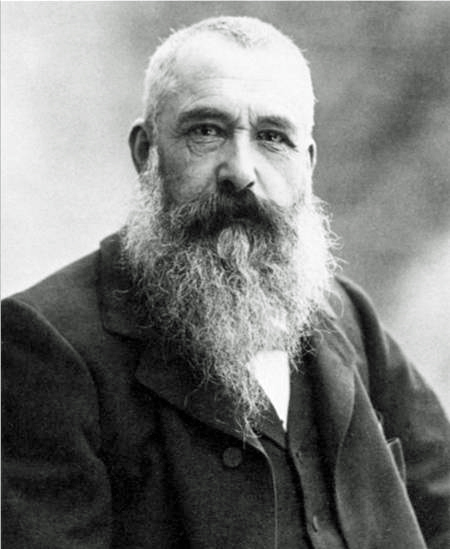 Édouard Manet |
Baudelaire and the Impressionist Revolution |
 Claude Monet |
|
|
Camille Pissarro (1830-1903)
Self Portrait of Camille Pissarro (1873)
Camille Pissarro, the son of a Portuguese Sephardic Jew, was born on the island of Saint Thomas in what was then the Danish Virgin Islands, but which was purchased by the United States in 1917. Pissarro lived in St. Thomas until age 12, when he went to a boarding school in Paris. In 1855, he permanently relocated to France, where he studied painting with the landscape artist Jean-Baptiste Camille Corot. In the 1860's, he became involved with the Impressionist movement and, henceforth, mostly painted rural and urban French life. He was particularly known for his landscapes of the country around the small town of Pontoise, as well as scenes from Montmarte area of Paris. He was a mentor to both Paul Cezanne and Paul Gauguin and his example inspired many younger artists, including Californian Impressionist Lucy Bacon. Pissarro's made substantial contributions to Impressionist theory and managed to remain on friendly, mutually respectful terms with such difficult personalities as Edgar Degas, Cézanne and Gauguin. Pissarro exhibited at all of the eight Impressionist exhibitions. Pissarro experimented with Neo-Impressionist ideas between 1885 and 1890. Discontented with what he referred to as "romantic Impressionism", he investigated Pointillism which he called "scientific Impressionism" before returning to a purer Impressionism in the last decade of his life. Pissarro died in Éragny-sur-Epte, France in November 1903 and was buried in Père Lachaise Cemetery in Paris. During his lifetime, Camille Pissarro sold only a few of his paintings. However, by the early years of the 21st century, his works were selling for more than 4 million US dollars each!
Red Roofs, Corner of a Village, Winter (1877)
Pissarro's painting entitled Red Roofs, Corner of a Village, Winter is a relatively small canvas measuring only about 55 by 88 cm. It is oil on canvas and is on display at the Musée d’Orsay in Paris.
In Red Roofs we see a small cluster of houses through the leafless trees of an orchard. The buildings and their colored roofs appear to be the subject of the painting, but the pattern of the trees and branches distract the observer. Pissarro has created this myriad pattern of trees on the surface of the picture. The twisting branches in the foreground, and the vertical trunks in the middle distance, distract our eyes from the houses. They also physically block the view. Rather than being able clearly to look through and see the houses, our eyes tend to skid across the surface of the composition. Only the bright red roofs of two of the smaller houses are able to retain the interest of the observer - hence the title!
|
|
|